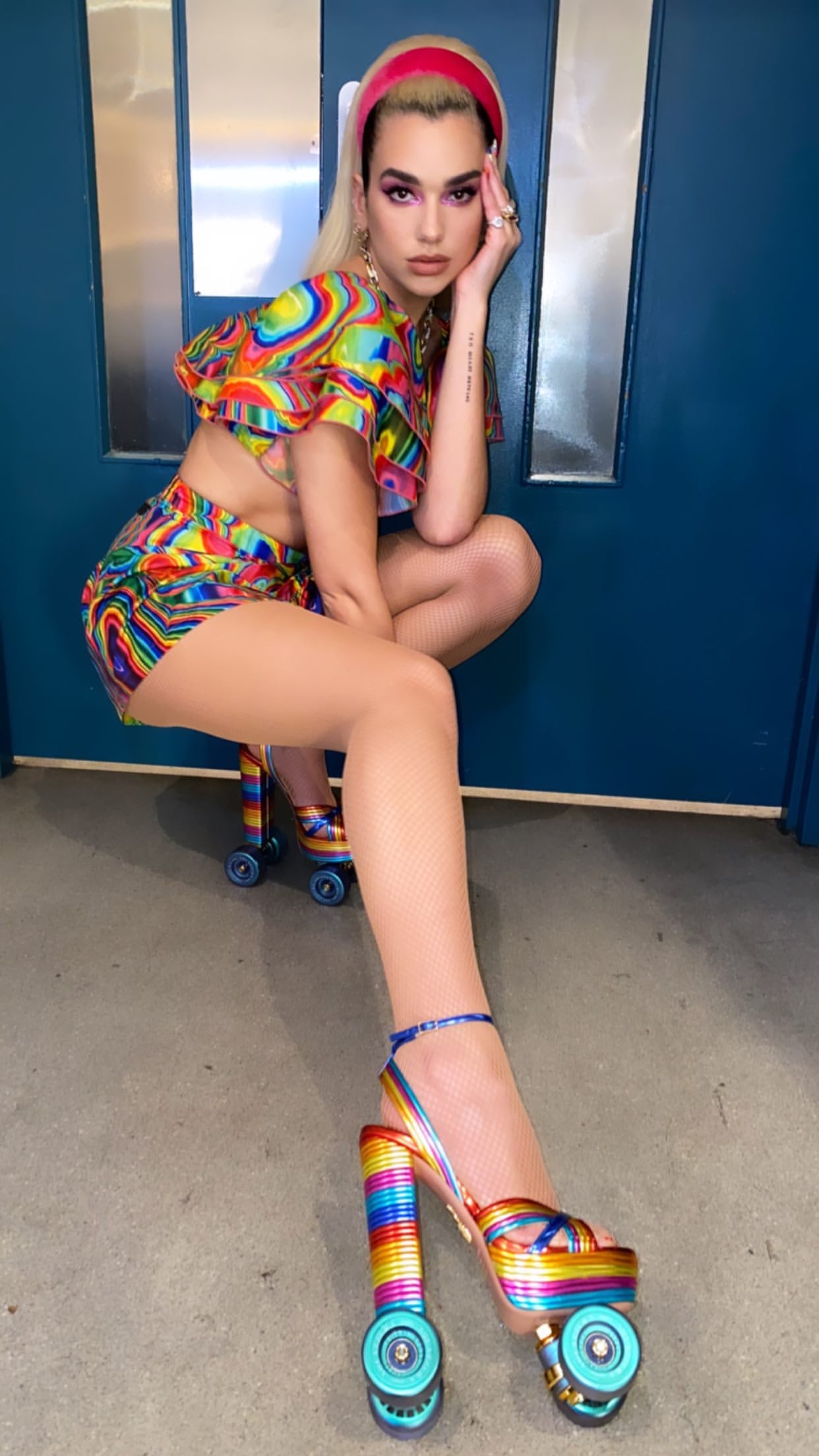ADVERTISEMENT
GAMING
Forget Call of Duty, Real Men Need the Retro Love: Super Smash Bros Melee
bill-swift - February 19, 2014
When you're a renegade badass with no effs to give, ‘retro' can mean whatever you damn well please. In this case, it means 2001. This was the year that the world gazed in wonderment at Wikipedia and the iPod (whatever that is), as they were revealed for the first time. Which certainly sounds far enough back to us.
Most pertinently, though, it was the year of Super Smash Bros. Melee.
This Gamecube release is the sequel to the brilliantly crazy-ass Super Smash Bros. Two years after their first all-star dick-punching free for all, Mario et al were back for another outing. Of course they were. Equal parts fighting and party game, the fanservice-y weirdness of Smash struck a chord with many. And so, recognizing a good Take My Money! cause when they saw one, Nintendo targeted a sequel release for the launch of the Gamecube.
It missed the party a little in that regard, arriving after the camp purple fun-box itself. Still, though, all of the prior hypetastic was well deserved, as this was the bigger and badassier sequel fans so wanted.
For the uninitiated, Smash Bros.' combat style is drastically different to other games in the genre. There's no dicking around with HP bars, punching at each other until one of you collapses into a bleeding ball of shame and defeat. Instead, taking hits will increase your ‘damage percentage,' which makes you more susceptible to being Smashed out of the screen. With four players at it at once, the whole thing descends into a chaotic shitstorm.
It's a fighter with a toon-tastic Nintendo twist, all in all. The appeal of the first game was the all-star cast and the arenas from across their franchises, but Melee kicked the whole thing into overdrive. Exactly twice as many characters were available, even if several of them were ball-achingly similar to others. Who the hell knew that Captain Falcon and ol' ginger bastard Ganondorf went to the same martial arts class? The complement of stages doubled in size too, with even weirdness like Mr. Game and Watch's 2D Flat World making the cut.
It's a through-the-years celebration of Nintendo, from the bleepy bloopy days of the housebrick-sized Game Boy. Dedicated fans can collect hundreds of in-game trophies, each depicting an item, character or other assorted thingamajig from the company's vaults. Each included a little trivia; it's like a history class which doesn't make you want to kill yourself.
Melee is also much less of a tight-ass with the singleplayer options. It introduced a spangly new adventure mode, which brings freeroaming and platform-y elements to the series. All-Star mode, meanwhile, sees you choosing your fighter and attempting to take out the rest of the roster, with a limited supply of recovery items.
But it's always been a multiplayer franchise at heart, and there is a range of new options to employ here too. In short, Melee is regarded as a fine example of a sequel done right, and is still much beloved. Over its successor, Super Smash Bros. Brawl, in many cases.
Session expired
Please log in again. The login page will open in a new tab. After logging in you can close it and return to this page.




